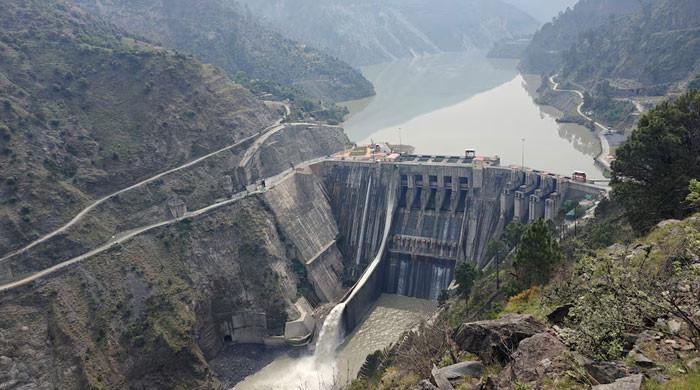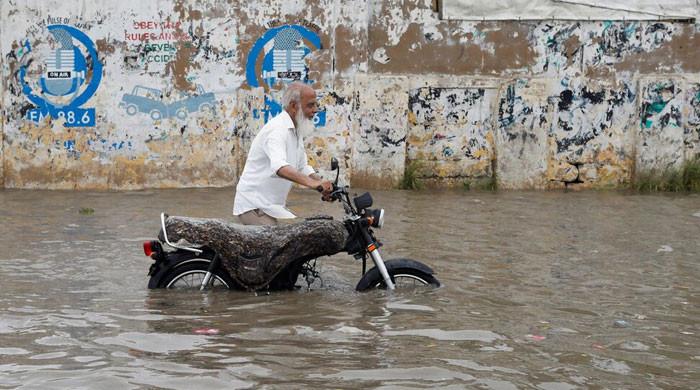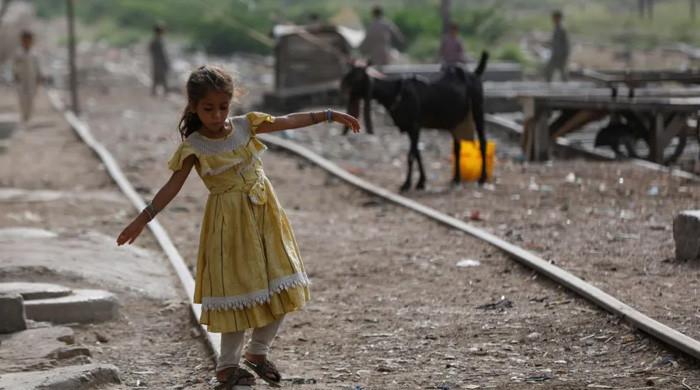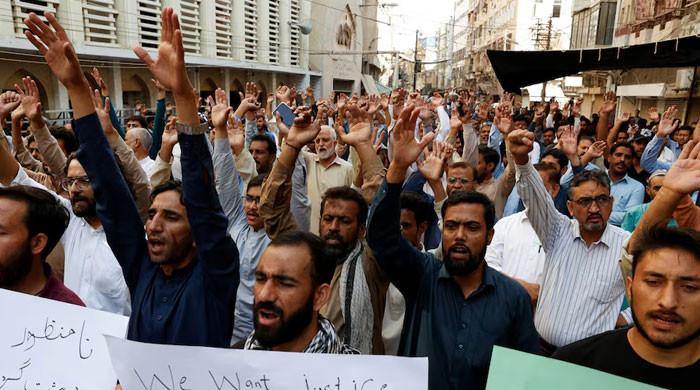Operation Sindoor: Rhetoric and reality
India relished direct military and intelligence support from US and Israel during Operation Sindoor
July 18, 2025
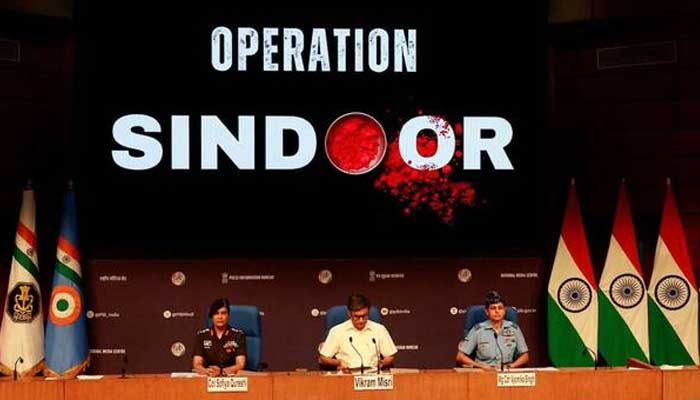
On July 4, 2025, date coincidence notwithstanding – Indian Deputy Chief of Army Staff (Capability Development and Sustenance) Lt-Gen Rahul R Singh addressed the ‘New Age Military Technologies: Industry Capabilities & Way Forward' conference organised by the FICCI.
In front of senior officers, defence industry leaders and analysts, Singh drew lessons from the much-hyped Operation Sindoor – lessons that appeared more rhetorical than strategic.
He hailed the ceasefire as a ‘masterstroke’ in escalation control and claimed the operation targeted only ‘terrorist’ sites, not military assets. Singh also touted India’s use of information warfare to signal restraint, a calibrated response to Pakistani retaliation and the need for technological upgrades – citing Pakistan’s alleged Chinese and Turkish drone and intel support. He warned of multi-domain threats, accusing China of aiding with intelligence and Turkey with drones.
Yet, the narrative is riddled with ambiguities and selective framing. India’s rhetoric of victimhood, blaming external forces, feels worn. For a state aspiring to regional dominance and projecting itself as a Quad powerhouse, this reflection seems underwhelming. The dream of Akhand Bharat clashes with harsh realities. But driven by Hindutva ideology and self-serving narratives, introspection appears far from reach.
The credit for the so-called ‘masterstroke’ of escalation control eventually leading to the ceasefire goes to the US President and his team, when Damodar Savarkar’s blind follower and butcher of Gujarat was taken aback by the retaliatory calculus of Pakistan’s armed forces. Similarly, how can you expect that there would be no response or any retaliation when you target civilian centres of a sovereign country, resulting in the death of 40 individuals, including seven women and 15 children, and over 120 individuals injured.
The purported ‘terrorist centres’, thanks to the input provided by Parag Jain – the ‘super sleuth’ and now promoted as R&AW chief – and seconded by Modi’s star NSA Ajit Doval, were nothing but civilian targets, as duly verified by international media, including Reuters, BBC and Al Jazeera.
Since the Pahalgam farce, no credible or independently verified evidence linking Pakistan directly to the attack on tourists or to the militant groups allegedly responsible, has been brought up by the Government of India and interestingly, like a good Bollywood movie, the story keeps on jumping from one side to the other without any head or toe, yet there are some notable climaxes.
So, when Lt-Gen Rahul Singh says that strategic communication was used to let Pakistan know that they are going to attack the ‘terrorist centres’, did it really involve listening to the reply from the Pakistani side? Carl von Clausewitz said “War is the continuation of policy by other means”, but then the ultimate goal of war is to achieve a desired political outcome. Did India achieve it? That is one question that the Indian war mongers need to answer.
India failed to generate a ‘calibrated response’. In contrast, it was Pakistan that responded in a measured yet effective manner, by bringing down IAF’s entire kill chain, compounded with precise missile and drone attacks – a tit for tat response by engaging only military targets. The retaliatory calculus was efficient and to the point, depicting cohesion, simultaneity, synchronousness, seamless fusion and technical edge in multidomain operations – the ultimate finesse of any field commander. IAF was brought to a complete halt when four ‘state-of-the-art’ Rafales were shot down with resounding precision in an impeccable manner.
Despite claims of being encircled by adversaries, India relished direct military and intelligence support from the US and Israel during Operation Sindoor. As per the reports published in ‘The Diplomat’ and ‘The Times of India’, Israeli drones and weapon systems were instrumental in the strikes on Pakistan, while the US provided diplomatic cover by backing India’s right to self-defence, so much so for countering ‘multi-domain threats’. The address by the ‘master strategist’ failed to acknowledge the limited strategic gains, if there were any, for India and the swift reversion to a ceasefire that was internationally brokered and pressured by major powers to de-escalate. Indian strategists need to revisit the drawing board and understand the ground realities.
India’s narrative closely resembles Israel’s approach in its conflicts with Iran and Gaza by portraying itself as a perpetual victim of hostile neighbours while using overwhelming force and then seeking international sympathy. Both countries have refrained from or distanced themselves from international criticism of each other’s military actions, reinforcing a pattern of mutual justification and selective outrage.
The RSS guidebook needs a serious revision, as such tactics are no longer effective. Seemingly, there is a pattern of blaming neighbours for their own shortcomings, whether in security-related matters, economic and diplomatic issues, or the ‘usual suspects’, which include Pakistan, China, Bangladesh and Nepal. The blame game has eroded the trust not only among the neighbours but also in the region, and resultantly, the trust deficit is now a major hurdle in regional integration, peace and any problem-solving, whether bilateral or otherwise.
India’s much-hyped External Affairs Minister Dr Subrahmanyam Jaishankar is facing growing criticism as the country has failed to gain broad international support for Operation Sindoor. Both the EU and UN called for restraint and de-escalation, while China and Iran condemned India’s actions and urged a peaceful resolution.
Adding to the diplomatic setback, relations with regional neighbours – Bangladesh, Nepal, Sri Lanka, the Maldives and Bhutan – have deteriorated due to Hindutva-driven policies, perceived arrogance stemming from India’s economic rise and its protectionist stance. India’s ambition to become the regional hegemon has backfired, as neighbouring countries increasingly turn to China and others for security and economic partnerships.
India’s trade protectionism also prompted retaliation from the US, which imposed fresh tariffs, further denting its global standing. Domestically, Hindutva ideology has alienated minorities and deepened distrust among South Asian neighbours, eroding goodwill and obstructing regional cooperation.
India’s post-Operation Sindoor Parliamentary Diplomatic Mission – featuring MPs like Shashi Tharoor, Asaduddin Owaisi, Manish Tewari and Salman Khurshid – was a bold yet futile attempt to rally international opinion and isolate Pakistan. It ultimately exposed the limitations of India’s current foreign policy.
Fueled by Hindutva ideology and Modi’s political impulses, India’s current trajectory risks wider regional and global consequences. The deployment of R&AW’s overseas kill teams may offer short-term tactical gains but reflects a dangerous overconfidence. The suspension of the Indus Waters Treaty, in frustration, reveals more desperation than strategy.
Indian policymakers must reconsider their direction. A return to Gandhi’s secular ideals could offer a way forward. For now, Pakistan holds most of the cards, and it hasn’t played them all yet.
The writer, a freelance researcher and geopolitical analyst, is currently working with the School of Strategic Studies, Lahore. He tweets @asifash
Disclaimer: The viewpoints expressed in this piece are the writer's own and don't necessarily reflect Geo.tv's editorial policy.
Originally published in The News




